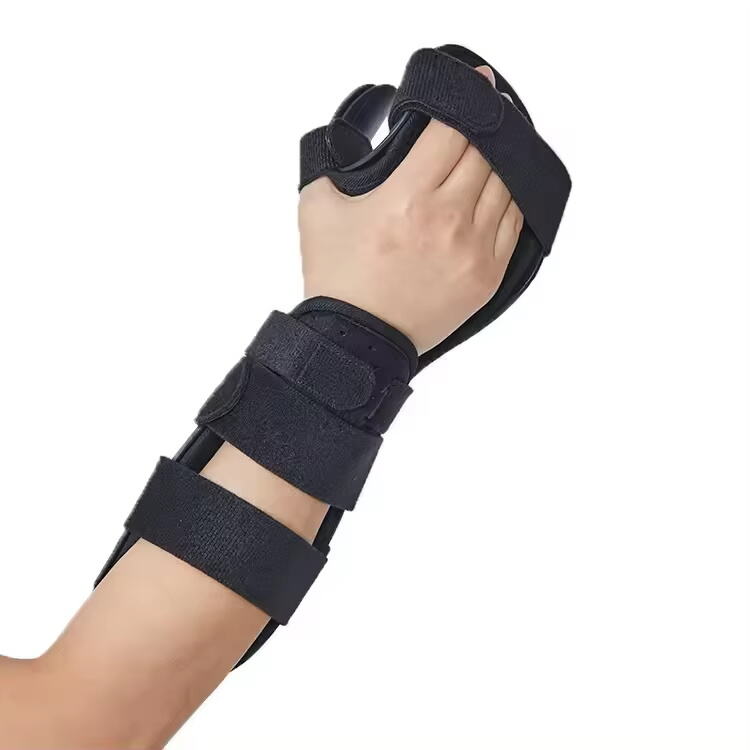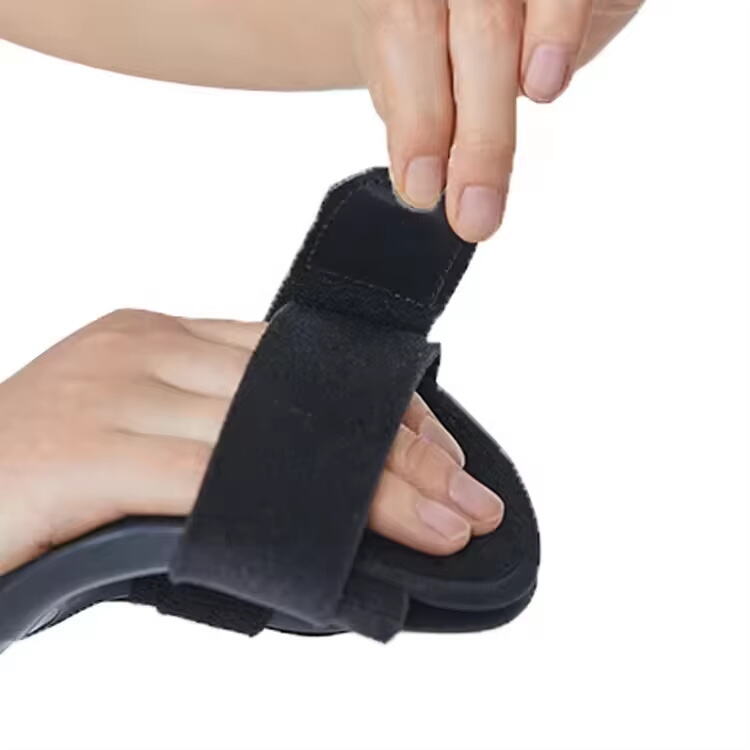Understanding the Impact of Hand Strength on Daily Activities
Our hands are remarkable instruments that enable us to perform countless tasks throughout the day. From opening jars to typing on keyboards, grip strength plays a crucial role in our ability to function independently. As technology advances, innovative hand devices are emerging as powerful tools to enhance grip strength and improve daily functionality for people of all ages and abilities.
Modern hand devices incorporate sophisticated engineering and ergonomic design principles to target specific muscle groups and movement patterns. These tools not only help rehabilitate injuries but also provide preventive benefits for those looking to maintain hand strength and dexterity as they age.
The Science Behind Hand Strength Enhancement
Biomechanical Principles of Grip Training
The human hand consists of 27 bones, numerous muscles, and an intricate network of tendons and ligaments. When using a hand device, these components work together in complex patterns. The device creates targeted resistance that engages multiple muscle groups simultaneously, leading to more efficient strength development compared to traditional exercises.
Research has shown that consistent use of specialized hand devices can increase grip strength by up to 30% within eight weeks of regular training. This improvement stems from the device's ability to activate both superficial and deep muscle fibers through various movement patterns.
Neural Adaptation and Motor Learning
Beyond pure strength gains, hand devices facilitate neural adaptation – the process by which our nervous system becomes more efficient at recruiting muscle fibers. This enhanced neural connection leads to better coordination, reduced muscle fatigue, and improved fine motor control in everyday tasks.
As users practice with a hand device, the brain creates stronger neural pathways, making movements more automatic and efficient. This neuroplasticity is particularly important for individuals recovering from injuries or managing conditions that affect hand function.

Benefits of Regular Hand Device Training
Enhanced Daily Function and Independence
Regular use of a hand device can significantly improve performance in everyday activities. Users often report greater confidence in handling household items, improved ability to open containers, and enhanced control when using electronic devices. These improvements contribute to greater independence and quality of life, particularly for older adults or those with reduced hand strength.
The benefits extend beyond basic tasks to include recreational activities such as gardening, crafting, or playing musical instruments. Many users find they can engage in their hobbies for longer periods without fatigue or discomfort.
Injury Prevention and Recovery
Hand devices serve as valuable tools in both preventing and rehabilitating injuries. Regular training helps maintain joint stability and muscle balance, reducing the risk of repetitive strain injuries common in today's digital world. For those recovering from injuries, these devices provide controlled resistance that can be adjusted to match their progression in therapy.
Healthcare professionals often recommend specific hand devices as part of comprehensive treatment plans. The ability to measure and track progress through digital features helps motivate patients and ensures they maintain proper form during exercises.
Optimizing Your Hand Device Training Routine
Establishing an Effective Training Schedule
To maximize the benefits of a hand device, consistency is key. A well-structured training program typically involves 3-4 sessions per week, with each session lasting 15-20 minutes. This frequency allows adequate time for muscle recovery while maintaining steady progress in strength development.
Beginning users should start with lighter resistance levels and gradually increase intensity as their strength improves. It's essential to pay attention to form and technique during each exercise to prevent strain and ensure optimal results.
Monitoring Progress and Adjusting Goals
Modern hand devices often include features for tracking progress, such as digital sensors or smartphone connectivity. These tools help users set realistic goals and adjust their training programs based on measurable improvements. Regular assessment of grip strength and functional ability helps maintain motivation and ensures continued progress.
Users should document their training sessions and note any changes in daily activities. This documentation can help identify patterns and adjust the training program for optimal results.
Future Innovations in Hand Device Technology
Smart Features and Connected Solutions
The next generation of hand devices incorporates advanced technology like artificial intelligence and machine learning. These features provide real-time feedback on form and technique, while also adjusting resistance levels automatically based on user performance. Connected apps enable users to participate in virtual training sessions and compete with others globally.
Emerging technologies also include haptic feedback and virtual reality integration, making training sessions more engaging and effective. These innovations help maintain user motivation and ensure proper form throughout exercises.
Customization and Adaptability
Future hand devices will offer increasingly personalized experiences through advanced sensors and adaptive programming. These devices will automatically adjust to individual user needs, accounting for factors such as hand size, strength level, and specific rehabilitation goals.
The integration of biometric sensors will allow for more precise tracking of progress and early detection of potential issues, enabling proactive adjustments to training programs.
Frequently Asked Questions
How long should I use a hand device each day?
For optimal results, aim for 15-20 minute sessions, 3-4 times per week. Beginners should start with shorter sessions and gradually increase duration as strength and endurance improve. Always allow at least one day of rest between training sessions to prevent fatigue and promote muscle recovery.
Can hand devices help with arthritis symptoms?
Yes, many users with arthritis report improved hand function and reduced pain when using appropriate hand devices under professional guidance. The key is to start gently and use devices specifically designed for therapeutic purposes. Always consult with a healthcare provider before beginning any new exercise program.
What features should I look for in a hand device?
Look for adjustable resistance levels, comfortable grip materials, and proper size options for your hand. Advanced features like digital tracking, smartphone connectivity, and customizable exercise programs can enhance your training experience. Ensure the device is from a reputable manufacturer and includes clear usage instructions.

 EN
EN









































